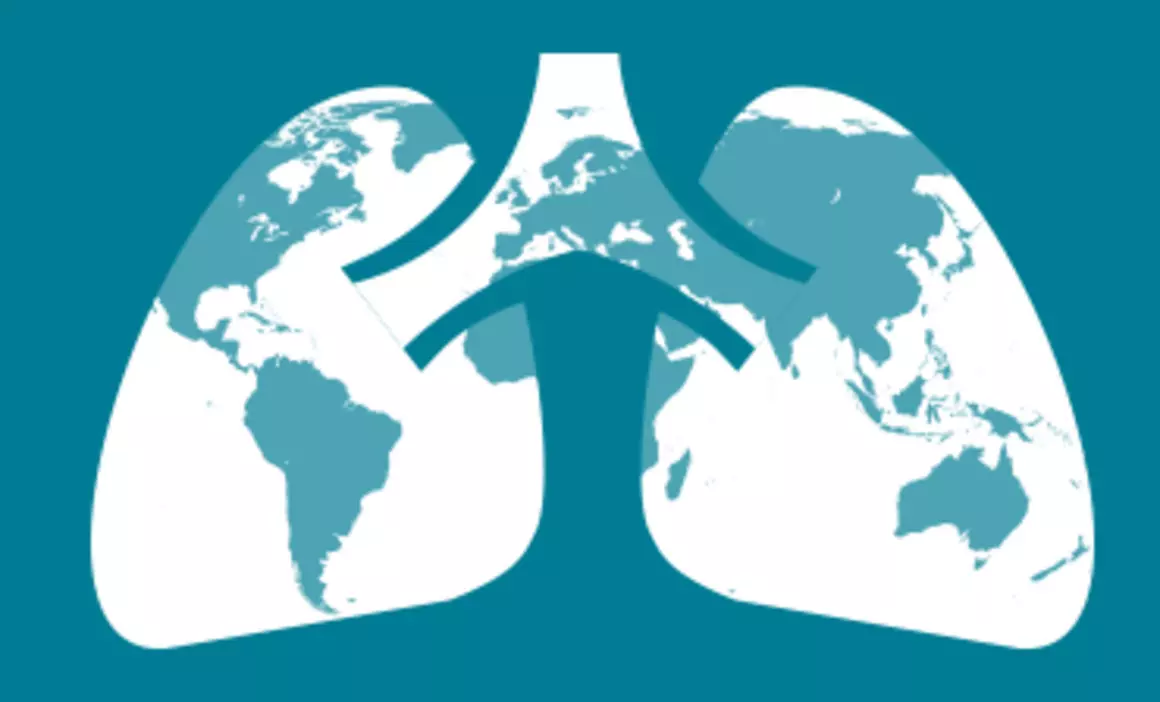India home to 28% total global TB patients; TS has 52,000 active cases
"While the COVID-19 pandemic had an impact on TB programs around the world, India was able to successfully counter the interruptions by implementing essential interventions in 2020 and 2021, resulting in the National TB Elimination Programme disclosing over 21.4 lakh TB cases – 18% more than in 2020," the ministry noted.
By Sumavarsha kandula
A new WHO report has revealed that India is home to 28 percent of TB patients in the world.
According to the WHO report, in 2021, eight countries accounted for more than two-thirds of global TB cases. These include India (28%), Indonesia (9.2%), China (7.4%), the Philippines (7.0%), Pakistan (5.8%), Nigeria (4.4%), Bangladesh (3.6%) and the Democratic Republic of the Congo (2.9%). The incidence has been 210 cases per one lakh population in India.
The WHO released the Global TB(Tuberculosis) Report 2022 on October 27. The report noted the impact of the COVID-19 pandemic on the diagnosis, treatment, and burden of disease for TB all over the world.
Ministry of Health and Family Welfare has taken note of the WHO Global Tuberculosis Report 2022. It has emphasized that India has fared significantly better on major metrics than other countries over time.
"While the COVID-19 pandemic had an impact on TB programs around the world, India was able to successfully counter the interruptions by implementing essential interventions in 2020 and 2021, resulting in the National TB Elimination Programme disclosing over 21.4 lakh TB cases – 18% more than in 2020," the ministry noted.
Newsmeter spoke to the Joint Director of the TB eradication program, Telangana, Dr. B Rajesham. He said the 18% increase in cases is a positive trend, as they are being identified, which means the spread can be controlled.
"First, we need to understand that TB is a contagious disease. So if we don't identify and treat it, the person will infect many people. There are 26 lakh people infected with TB. More than two lakh are still in the community, spreading the disease. We must ensure we identify more cases, put them on treatment so that they become non-infectious in 2 weeks, and control the spread. India has set a 2025 deadline to reduce the incidence to 42 cases per lakh per annum. Now, we are at almost 192 cases per lakh per annum," he said.
About Telangana, Dr. Rajesham said: "There has been a similar trend here also. We identified almost 60,000 cases in 2020 and 61,000 in 2021. This year so far, we are at 52,000. In the coming two months, we will identify 12,000 cases more, which means 64,000. When you see the statistics, it is seen as the number of cases is increasing, but it is a good sign. It is not enough. We aim to identify almost 8,000 cases per annum in the state. If that happens consecutively for one or two years, the incidence rate will decrease."
Dr. Ramana Prasad, a pulmonologist at KIMS said: "The majority of people became infected with Covid. It was severe during the first two waves. Therefore most people were given steroids. Another typical effect noticed during Covid was lung fibrosis, which became an easy medium for TB bacteria to live inside, grow, and turn into active disease."
"At the same time, people's blood sugar levels were also disturbed due to the pandemic stress. This also might have led to reduced immunity and became a cause of TB," he added.
Asked about masks he said: "It has been a double-edged sword. While masks and isolation reduced our exposure to other infections, people also delayed their regular checks up. Due to which few cases that could have been detected early were missed."
Dr. Rajesham said: "We are focusing on community engagement, and we have better and more effective diagnosis methods available right now. The sputum sample is now being subjected to a reaction. Then put it in the computer system and see whether any bacteria. DNA is identified. Helping in early detection."
The joint director said: "40% of the adult population in India has TB bacilli, which means they are infected but not diseased. About 1-2% will get the disease. Getting the disease can be avoided with proper nutrition."